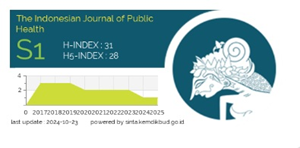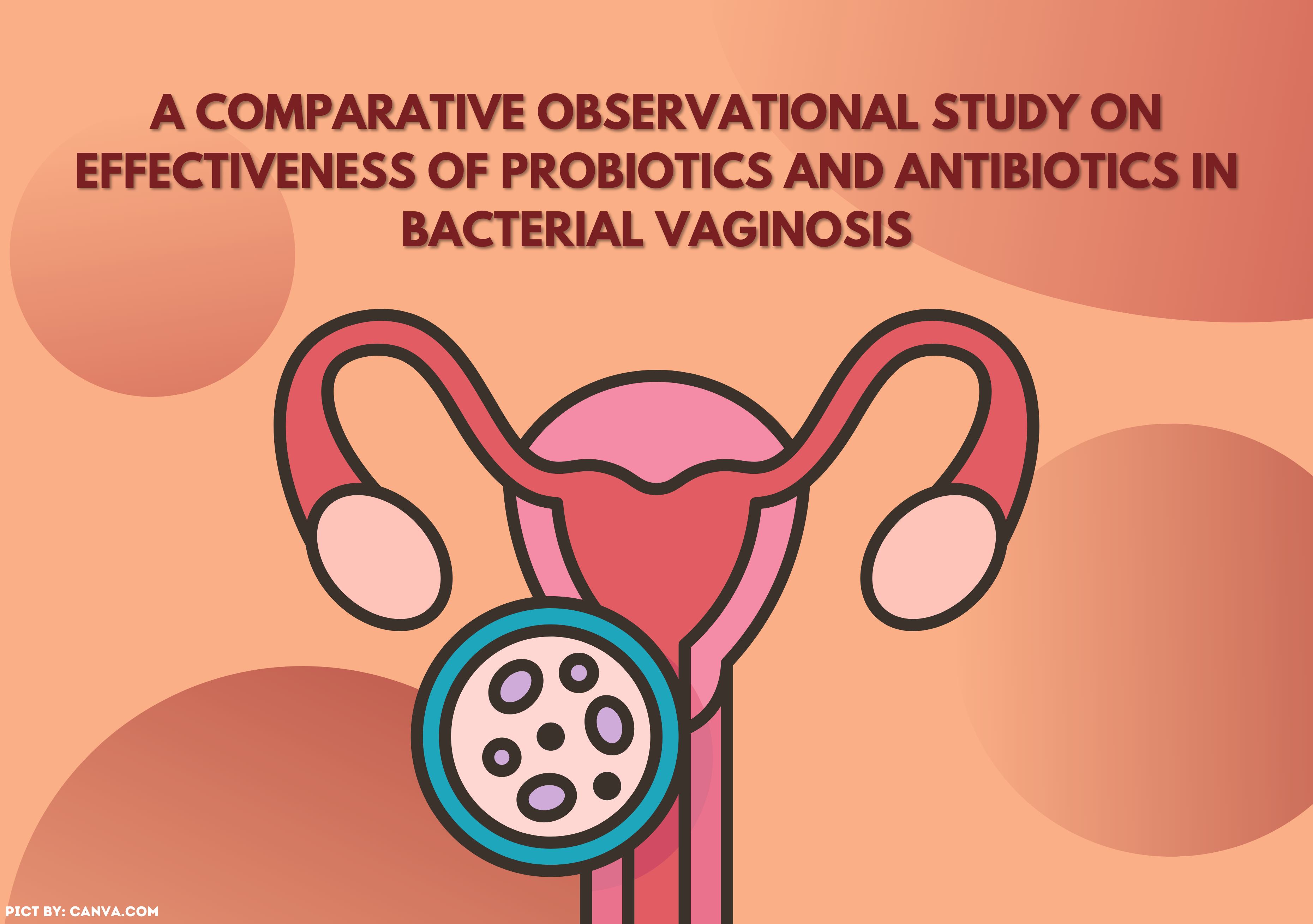EFFORTS TO MINIMIZE STRESS IN ADOLESCENTS THROUGH GOING FOR COFFEE "NGOPI" IN MALANG CITY
Downloads
There are a large number of teenagers in the world who experience mental health problems as a result of stress, which disrupts human productivity. A good mental state allows people to realize the potential that exists in themselves, overcome the stresses of life, work productively, and contribute to their community. The purpose of this study was to describe efforts to minimize stress among adolescents by going for coffee in Malang city. This research was descriptive with a quantitative approach. Data was obtained through direct observation and interviews with respondents based on research guidelines. Stress minimization refers to the reduction of stress or actions taken when experiencing stress to calm the mind, which can be done by seeking peace, drinking coffee, and hanging out with friends. Managing stress in adolescents is important because it will affect the next stage of their lives. If adolescents cannot manage stress properly, they will continue to think about it and their performance will not be optimal. The attitude taken when having a problem that disturbs the mind can vary, such as worshipping first then looking for the source of the problem. Alternatively, taking a walk and drinking coffee can calm the mind. Doing assignments in a coffee shop rather than in a boarding house is more productive and allows for many ideas to arise.
Keywords: stress, reducing stress, coffee shop, teenage age
Abdul M, G. (2019) ‘Warung Kopi sebagai Ruang Ketiga bagi Pelajar SMA di Kecamatan Kragan Kabupaten Rembang', Jurnal Solidarity, 8(1), pp. 532–544. https://doi.org/10.36053/mesencephalon.v4i1.70
Ahsan, A. & Ilmy, A. K. (2018) ‘Hubungan Antara Pemenuhan Tugas Perkembangan Emosional Dengan Tingkat Stres Pada Remaja', J.K.Mesencephalon, 3, p. 3.
Diananda, A. (2018) ‘Psikologi Remaja Dan Permasalahannya', Journal ISTIGHNA, (1), pp. 116–133. https://doi.org/10.33853/istighna.v1i1.20
Kartono, & Demartoto, A. (2019) ‘Perilaku Konsumsi Kopi Sebagai Budaya Masyarakat Konsumsi : Studi Fenomenologi Pada Peminum Kopi Di Kedai Kopi Kota Semarang', Jurnal Analisa Sosiologi, 4(1), pp. 60–74.
Indonesian Ministry of Agriculture. (2016) Outlook Kopi Komoditas Pertanian Subsektor Perkebunan. Pusat Data Dan Sistem Informasi Pertanian Sekretariat Jenderal.
Law, B. M. F. and Lee, T. Y. (2011) ‘Importance of emotional competence in designing an antidrug education curriculum for junior secondary school students in Hong Kong', TheScientificWorldJournal, 11, pp. 2257–2265. doi: 10.1100/2011/127894.
Lazarus, R, S & Folkman, S. (1984) Stress, Appraisal and Coping. New York: Springer Publishing Company, Inc.
Nurikhsan., I. (2019) ‘Fenomena coffee shop di kalangan konsumen remaja', Widya Komunika, 9 (2), pp. 137–144. https://doi.org/10.20884/1.wk.2019.9.2.1962
Prasodjo, A. (2016) ‘Gaya Hidup Konsumen Warung Kopi di Wilayah Perkotaan Kabupaten Jember', Proseeding Seminar Nasional, pp. 133–143.
Raihan., Roslan, S., & S. (2020) ‘Berkunjung Di Warung Kopi Sebagai Gaya Hidup Masyarakat Kota', Jurnal Neo Societal, 5(1), pp. 1–13.
Sarpin, R. & (2020) ‘BERKUNJUNG DI WARUNG KOPI SEBAGAI GAYA HIDUP MASYARAKAT KOTA', Jurnal Neo Societal, 5(1), pp. 1–13. doi: 10.1029/2019GH000237.
SARTIKA, R. (2017) ‘Pergeseran Budaya Ngopi Di Kalangan Generasi Muda Di Kota Tanjungpinang', jurnal umrah, 91(5), pp. 1689–1699. doi: 10.1017/CBO9781107415324.004.
Sarwono, S. W. (2013) Psikologi Remaja. Jakarta: Rajawali Pers. https://doi.org/10.24854/jpu12012-6
Setianingsih, E, Z, Uyun & S, Y. (2006) ‘HUBUNGAN ANTARA PENYESUAIAN SOSIAL DAN KEMAMPUAN MENYELESAIKAN MASALAH DENGAN KECENDERUNGAN PERILAKU DELINKUEN PADA REMAJA', Jurnal Psikologi Universitas Diponegoro, 3(1), pp. 29–35.
Warde, A. &Lydia M. (2003) Eating Out: Social Differentiation, Consumption Adn Pleasure. Cambridge. Cambridge University Press.
WHO (2015) Adolescent Development. https://doi.org/10.1002/cad.20093
- The authors agree to transfer the transfer copyright of the article to The Indonesian Journal of Public Health effective if and when the paper is accepted for publication.
- Authors and other parties are bound to the Creative Commons Attribution-NonCommercial-ShareAlike 4.0 International License for the published articles, legal formal aspect of journal publication accessibility refers to Creative Commons Attribution-NonCommercial-ShareAlike 4.0 International License (CC BY-NC-SA), implies that:
- Attribution ” You must give appropriate credit, provide a link to the license, and indicate if changes were made. You may do so in any reasonable manner, but not in any way that suggests the licensor endorses you or your use.
- NonCommercial ” You may not use the material for commercial purposes.
- ShareAlike ” If you remix, transform, or build upon the material, you must distribute your contributions under the same license as the original.
































